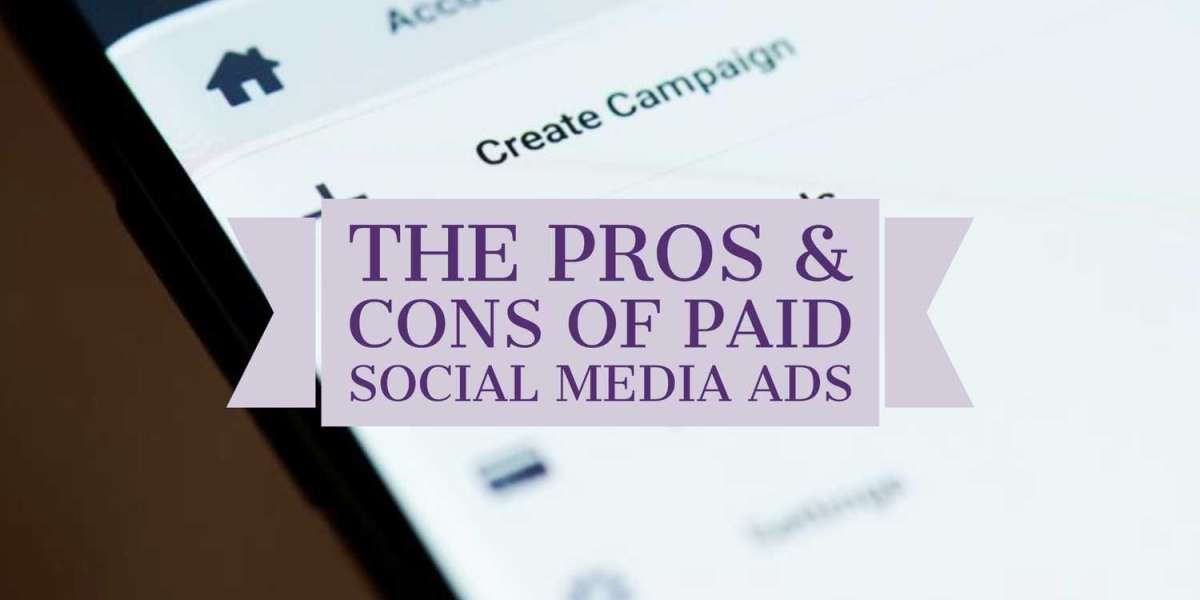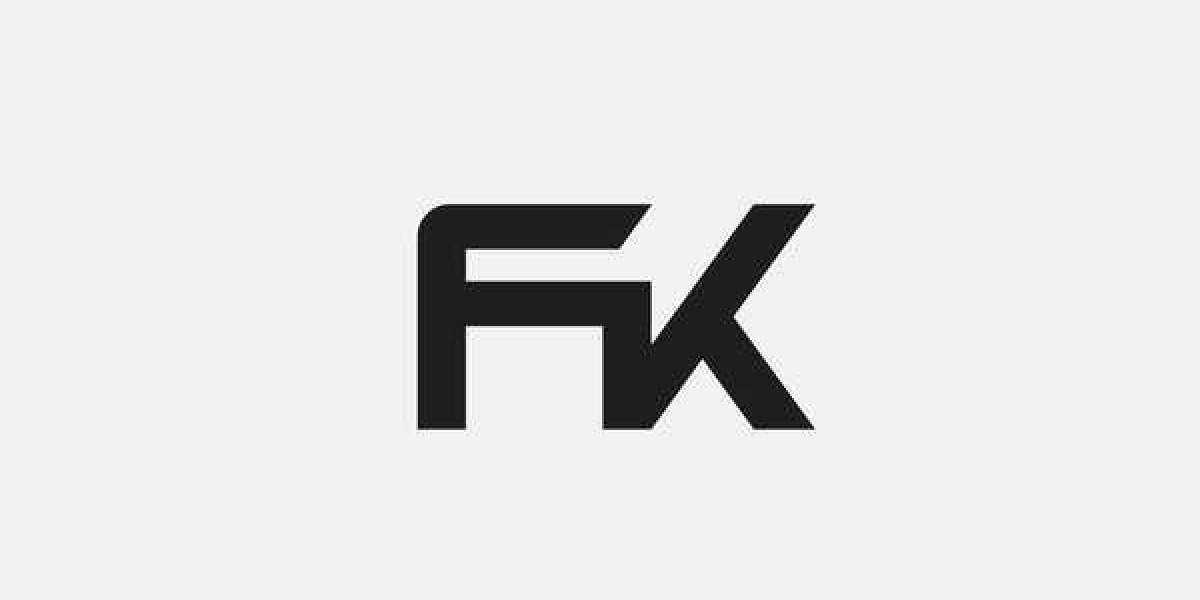Paid advertising in digital marketing services refers to a promotional strategy where businesses pay to display their ads on various digital platforms such as search engines, social media, and websites. This form of advertising allows businesses to reach a wider audience and increase their visibility. Advertisers typically pay for their ads based on the number of clicks or impressions they receive, making it a cost-effective way to promote products or services. Paid advertising can take many forms, such as pay-per-click (PPC) ads, display ads, social media ads, and sponsored content.
Pros of Paid Advertising in Digital Marketing
Paid advertising in digital marketing offers several benefits to businesses. Firstly, it provides an increased reach and visibility to their target audience, thereby creating more opportunities for conversions. Secondly, it is a cost-effective marketing strategy since advertisers can set budgets and pay only for clicks or impressions received. Thirdly, paid advertising allows businesses to target specific audiences based on demographics, interests, and behavior, ensuring that their ads are shown to the right people. Finally, paid advertising provides measurable results, enabling advertisers to analyze their campaigns' performance and make necessary adjustments to optimize their ROI.
Cons of Paid Advertising in Digital Marketing
Despite its benefits, paid advertising in digital marketing has some drawbacks that businesses need to be aware of. Firstly, the high competition and ad fatigue in the digital space can lead to increased advertising costs and reduced effectiveness over time. Secondly, ad-blocking technology can prevent ads from reaching their intended audience, limiting their impact. Thirdly, ad fraud and click fraud can result in wasted advertising spend and inaccurate reporting of campaign performance. Finally, while paid advertising provides measurable results, it can be challenging to interpret and optimize campaigns effectively without expertise and experience.
Increased Reach and Visibility
One of the significant benefits of paid advertising in digital marketing is that it provides businesses with an increased reach and visibility to their target audience. By advertising on various digital platforms such as search engines, social media, and websites, businesses can expose their products or services to a broader audience. Additionally, paid advertising allows businesses to bid on specific keywords and placements to ensure that their ads are shown to relevant audiences. This can increase the likelihood of conversions and revenue for businesses. Ultimately, increased reach and visibility provided by paid advertising can help businesses achieve their marketing goals and objectives.
Cost-Effective Marketing
Another significant advantage of paid advertising in digital marketing is its cost-effectiveness. Advertisers can set budgets and pay only for clicks or impressions received, ensuring that their advertising spend is optimized. This is in contrast to traditional advertising methods, such as television or print advertising, where businesses have to pay a fixed cost regardless of the ads' effectiveness. Paid advertising's cost-effectiveness makes it accessible to businesses of all sizes, providing them with the opportunity to compete with larger companies. Additionally, it allows businesses to test and experiment with different ad campaigns without incurring significant costs.
Ability to Target Specific Audiences
Paid advertising in digital marketing services enables businesses to target specific audiences based on demographics, interests, and behavior. Advertisers can set parameters, such as age, gender, location, and interests, to ensure that their ads are shown to the right people. This increases the chances of conversions and ROI since the ads are relevant to the audience's needs and preferences. Additionally, businesses can retarget their audience by showing ads to people who have previously interacted with their website or social media accounts. This feature helps businesses to reach users who have shown an interest in their products or services, increasing the likelihood of conversions.
Measurable Results
Paid advertising in digital marketing provides measurable results, allowing advertisers to track and analyze their campaigns' performance accurately. Advertisers can use various metrics such as click-through rates, impressions, conversions, and return on ad spend to measure their campaigns' success. This data can help advertisers identify what is and isn't working, enabling them to make informed decisions to optimize their campaigns. Additionally, paid advertising's measurable results provide businesses with valuable insights into their audience's behavior and preferences, helping them to improve their overall marketing strategies. Overall, the ability to measure paid advertising campaigns accurately is a significant advantage of digital marketing.
High Competition and Ad Fatigue
One of the significant disadvantages of paid advertising in digital marketing is the high competition and ad fatigue. With more and more businesses investing in digital advertising, competition for ad space has increased, driving up advertising costs. Additionally, users are increasingly experiencing ad fatigue, making it more challenging for businesses to grab their attention. This can lead to reduced effectiveness and a lower return on investment for businesses. Advertisers need to create engaging and relevant ads that stand out from the competition to overcome these challenges and achieve their marketing goals.
Ad-blocking Technology
Ad-blocking technology is a significant challenge for businesses using paid advertising in digital marketing. Ad-blocking software prevents ads from being displayed, limiting their reach and impact. Users who install ad-blockers tend to have a negative attitude towards advertising, making it difficult for businesses to reach them. Ad-blocking technology has become increasingly prevalent in recent years, with up to 30% of internet users using ad-blockers. This presents a challenge for businesses, which must find new and creative ways to reach their target audience effectively, such as using native advertising or influencer marketing.
Conclusion
Paid advertising is an essential aspect of digital marketing that provides businesses with an opportunity to reach a broader audience, increase brand awareness, and generate more revenue. Although it has its advantages and disadvantages, the benefits outweigh the drawbacks. However, businesses must use paid advertising strategically to ensure a positive return on investment. By developing targeted campaigns, measuring results, and continuously optimizing their strategies, businesses can overcome the challenges associated with paid advertising in digital marketing services and leverage it to grow their business and achieve their marketing goals.








